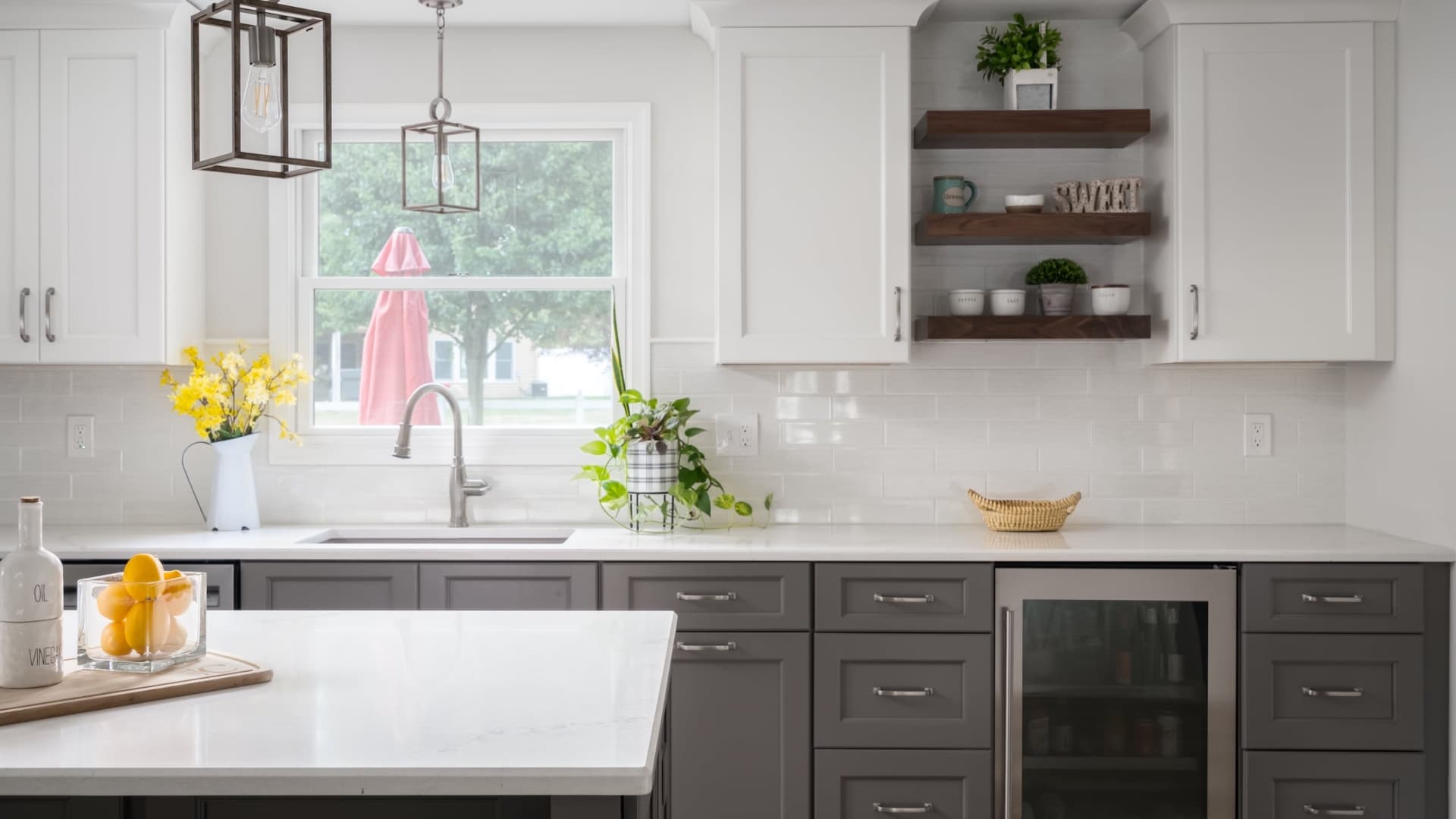Recent Tips and Articles by Amiano & Son, Design-Build

Home Additions to Upgrade Your Southern New Jersey Property
Adding to your home is a fun and sometimes a budget-friendly way to upsize your living space without purchasing an entirely new home. Especially in the Southern New Jersey real estate market, purchasing a new and larger house—even if you sell your current one—can simply be […]

Kitchen Remodel on a Budget: Affordable Ways to Update Your Space
Updating your kitchen doesn't have to be an expensive endeavor. With a little creativity and smart planning, you can achieve a beautiful, functional kitchen remodel on a budget. These budget-friendly tips may help you transform your kitchen without breaking the bank. Before you start any renovation, it's […]

Creating the Perfect Outdoor Living Space in Southern New Jersey
Southern New Jersey's climate and natural beauty make it an ideal place to enjoy outdoor living. Whether you're looking to entertain guests, relax with your family, or simply appreciate the outdoors, creating the perfect outdoor living space can enhance your lifestyle. Before embarking on your outdoor living […]

Bathroom Remodel Dos and Don’ts: Expert Advice
Remodeling a bathroom is an exciting yet challenging project that can significantly enhance the value and comfort of your home. As a trusted remodeling company, Amiano & Son, Design-Build has gathered valuable insights to help you navigate the process. Here are some expert dos and don'ts […]
Start Your Next Remodeling Project With Amiano & Son, Design-Build!
